On December 17, the Peace Brigades International-Guatemala Project posted, “Today we observed the first declaration hearing in the Semuy 2 case.”
PBI-Guatemala adds, “The judge linked the eight accused persons to trial in the context of the death of three soldiers on September 4 in the community of Izabal. Four of them were favored with house arrest. The Firm for Indigenous Peoples leads the defense in this case.”
Yesterday, Prensa Libre reported, “Five men and three women, residents of Semuy 2, heard in court how the Public Ministry (MP) told them of the death of three soldiers from a troop that entered their community when they were supposedly searching for an aircraft with drug.”
“On September 3 with the authorization of an oil processing company, to go through private property, the platoon arrived at Semuy 2.”
“At the hearing the Public Ministry told Oliver Coy Choc, having led the attack against the soldiers with other men, for those actions the MP asks to link him to trial for murder, attempted murder and illegal association of armed people.”
That article adds, “The hearing was suspended and will resume Thursday [December 19] when the defense of the eight indicated argues, then the court will decide whether or not to link them to criminal proceedings.”
On November 20, CRN reported that the eight had been arrested the previous week but that “after spending more than 7 days without appearing before a competent judge, they now suffer an illegal detention for which they have filed a personal exhibition action.”
Semuy 2
Prensa Libre has noted, “The community is on the south side of Lake Izabal, amidst African palm plantations and extensive grasslands. Basic services such as piped water and electricity are lacking. To receive medical attention, residents must travel more than 50 kilometers to reach a health center. The abandonment in which the community is located has been exploited by drug trafficking groups.”
Prensa Communitaria has reported, “The Naturaceites palm company, which surrounds the community of Semuy 2, has two runways, the only ones in the sector.”
Professor Carlos Figueroa Ibarra has written, “The official versions are not convincing (a patrol was sent to intercept a drug plane) or they were false (the soldiers were killed by heavy caliber weapons). The version of the inhabitants of the aforementioned village maintains that it was the soldiers who initiated the aggression and then were outnumbered by the villagers some of whom made use of shotguns to attack them.”
And the Guatemalan novelist Miguel Angel Oxlaj Cúmez has commented, “The situation in El Estor, Izabal is delicate. It was not an ambush of narcos against the military nor were they attacked with AK47 weapons. The military arrived at the Chajmayik village (Semuy 2) and after the Q’eqchi ‘settlers – who were beaten by the internal armed conflict – met and asked the reason for their incursion (because they interpreted the military presence as an order of eviction), the officer in charge ordered to open fire on the community, wounding 5 people (2 seriously). Hence the villagers reacted.”
Oxlaj Cúmez adds, “Whatever the mean putrid and narcomilitaries say, the people know that what they are looking for is to militarize El Estor to neutralize the population that defends the lake. What they want is to continue to prey on Lake Izabal with the extractive projects and prey on the jungle with the African palm.”
State of siege
Publinews notes, “In September 2019, the Executive Branch decreed a status of Siege in 22 municipalities of six departments in the northeast of the country. The measure was taken after the crime against three members of the Army in the village Semuy 2, in El Estor.”
Reuters has reported, “The 30-day state of siege imposes a night-time curfew [and] gives the military new powers to arrest and interrogate suspects and prohibits organized protests in the targeted areas as well as some meetings, although it does not specify the number of people that can legally meet.”
And Aljazeera notes, “The measure sparked widespread condemnation from human rights and social groups. …Much of the affected region in eastern Guatemala is inhabited by indigenous Maya Q’eqchi’ communities fighting for land rights and against nickel mining and oil palm plantations.”
Iduvina Hernandez, director of the Association for the Study and Promotion of Security in Democracy, says, “The magnitude allows them to militarise or remilitarise a region with a high level of conflict, where communities are opposed to extractive industry projects.”
In yesterday’s post, PBI-Guatemala noted that the state of siege was declared for two months in 22 municipalities in the north-east of the country.

